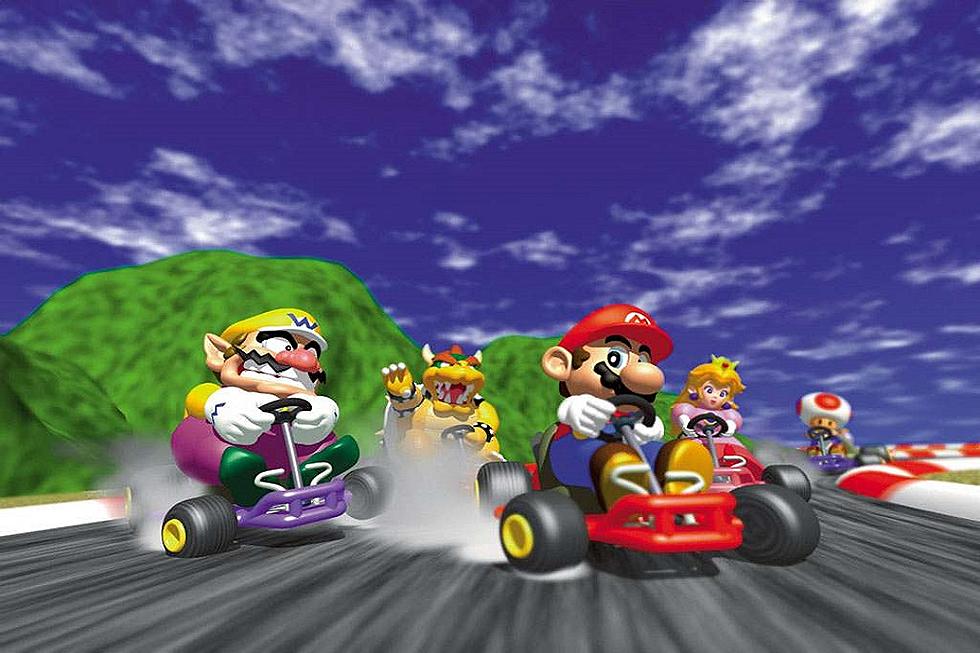
Fighting With the Power of Truth in Beyond Good & Evil
It’s not out of the ordinary for a good game to show up at the wrong time in the industry. There have been plenty of solid titles that found themselves quickly sent to the clearance bin, if only because the marketing didn’t achieve its goal or the game got drowned in the chaos of rapid high-profile releases like those we see around the Christmas season every year. Such was a good portion of the case with Beyond Good & Evil, a game that by all accounts deserved to be praised for its solid story and gameplay, but went years before it found the audience that would appreciate it. It was on this day in 2003 that players went undercover in Beyond Good & Evil as Jade to unravel an oppressive alien plot and save the world of Hillys.
Development of Beyond Good & Evil started around the year 2000 and was written and directed by the lead creator of Rayman, Michel Ancel. Have spent years working on Rayman games, Ancel was ready to take a break from the linear structure associated with them and try to create something a bit more open and in-depth. Ancel wanted to make an explorable universe full of various discoveries and gameplay. To this end, he began to develop a story that would allow for new opportunities of exploration as more and better tools were found.
Beyond Good & Evil takes players to the far future of 2435 on a mining planet known as Hallys where humans and anthropomorphic animal people and humans live in harmony. Everything gets twisted when an alien force known as the DomZ invade the planet and begin abducting folks in order to drain their life for power or convert them into slaves via controlling spores. In response to the invasion, a military regime known as the Alpha Sector attempt to take control with the promise of protecting the populace from the DomZ, but folks like Jade and her adoptive boar-hybrid uncle Pey’j know something is amiss. With their freedom at state and their friends in danger, Jade takes up her camera with the plan of fighting the DomZ and uncovering the secrets of the Alpha Sector.
In coming up with Beyond Good & Evil’s plot, one of Ancel’s goals was to explore a darker and richer narrative than the Rayman series was capable of. To this end, he and his team at Ubisoft Montpellier developed a story that took inspiration from a combination of artistic and real sources, including themes of Hayao Miyazaki and Studio Ghibli works and the September 2001 attacks on the World Trade Center.
Beyond Good & Evil is set up as a series of missions both core and secondary, accessed from a main city that acts as a hub where the player can explore and interact with characters and gain assignments. While completing missions and collecting evidence mainly with Jade’s camera is what moves the game forward, Jade can also explore side opportunities such as photographing wildlife that offer her currency to be spent on upgrades for vehicles and gear she obtains throughout the game. Many of the missions are split between sneaking segments where Jade must not be caught and fighting segments where she uses her martial arts skills, combat staff and throwable discs to defeat enemies. Jade also gets help from other characters such as Pey’j that will help her in combat and sometimes are required for her to move forward in the game.
Despite eventually finding its way to a beloved following among players, Beyond Good & Evil came out of the gates a commercial failure, due in no small part to the fact that it released in the rush of the Christmas season, it was an unconventional game and Ubisoft was uncertain on how to market it. It found little fanfare during its immediate time out of the gate, but interest in the game would pick up soon enough. In 2004 it would receive a nomination for Game of the Year and an HD remastered edition was released in 2011 for PlayStation 3 and Xbox 360. Beyond Good & Evil wasn’t a perfect game, but its great story and unconventional style garnered would eventually pull the attention the game deserved.
More From Arcade Sushi

![Far Cry 5’s Journey to Big Sky Country Feels Justified [Preview]](http://townsquare.media/site/550/files/2017/06/farcry5.jpg?w=980&q=75)
![Mario Gets Tactical in Mario + Rabbids Kingdom Battle [Preview]](http://townsquare.media/site/550/files/2017/06/rabbids.jpg?w=980&q=75)






